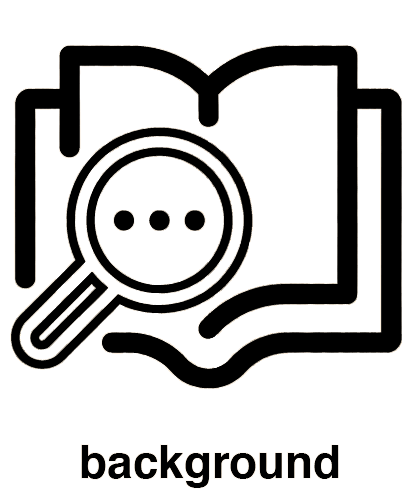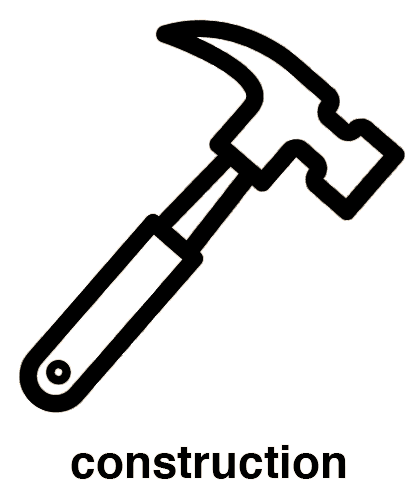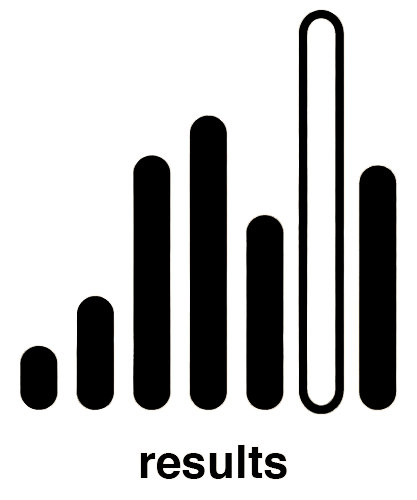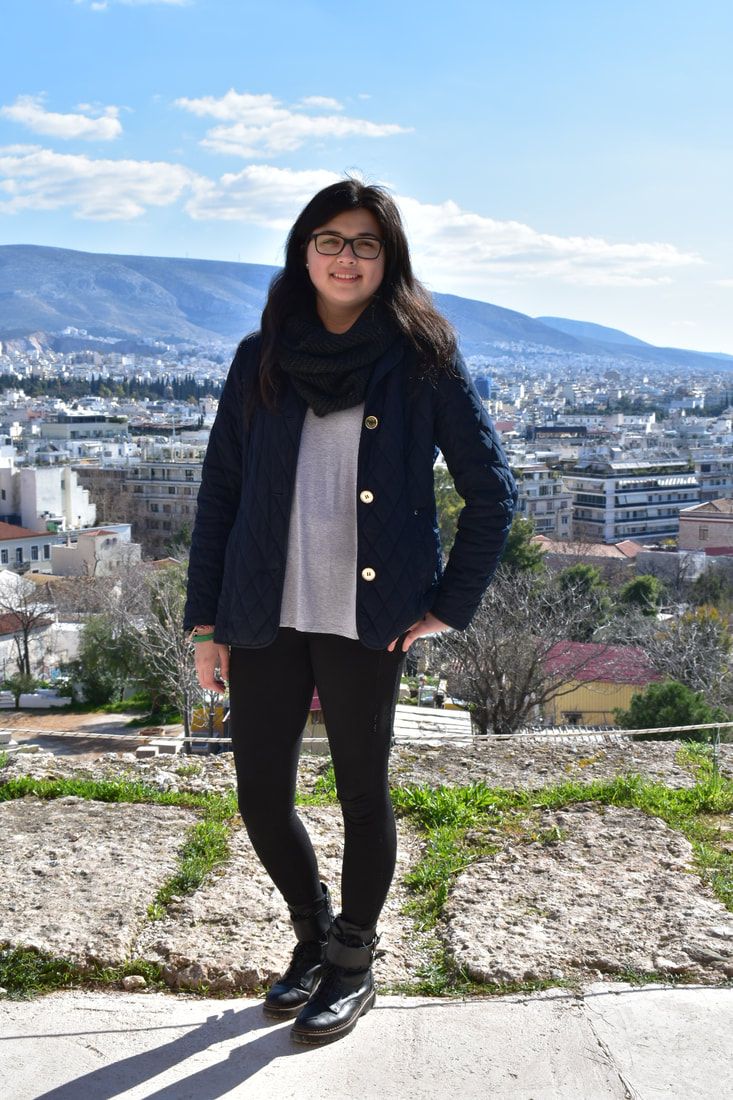-
Projects
- Environment Box
- Passive Refrigeration
- Water Cooling
- Fog Catching
- Roof Geometries
- Optimal Insulation
- Cooler Windcatcher
- Green Machine
- Mitigating Humidity
- Convective Air Flow
- Styrene Reuse
- Thermal Reflection
- ETFE Rigidification
- Phase Change Materials
- Polar Reflection
- Cavity Depth Variation
- Vapor Permeability
- Algae Facade
- Moisture Buffering
- Engineered Geometries
- Recycled Desiccant Materials
- Living Wall
- Solar Shading Facades
- SHADESin.reACTION
- Low-Fab Dehumidification
- Breathing Wall
- Urban Heat Island
- Acoustical Design
- Latent Heat of PCM's
- Insulative Qualities of Air
- About
- Lectures
- Assignments
- Workshops
- Syllabus
- Resources
Abstract:
In order to achieve ideal thermal comfort temperatures within an interior space, a well-balanced combination of building systems needs to be adapted and optimized to fit the building’s needs, based upon its location and its program. Through the observation of multi-layer building envelopes, we intended to test how heated air passed through the building envelope in order to passively heat an interior space. The primary test consisted of a glass water tank with two chambers, one containing cold water and the other containing boiling water, separated by a cavity formed by interchangeable acrylic sheets. This cavity contained room temperature water. The acrylic sheet layers included a perforated sheet and a solid sheet. The perforated sheet was used to allow water to pass into the center cavity, representing heated air moving into the building envelope. A separate test included two solid acrylic sheet layers, in which we monitored the central cavity to observe how the building envelope performs between hot and cold temperatures. Through the tests, the depth of the central cavity was widened to measure how heat transfer was effected as the cavity gets wider. The two tests worked to convey the efficiency of a building envelope and how the depth of the cavity between each chamber influenced the heat transfer from one chamber to the other.
In order to achieve ideal thermal comfort temperatures within an interior space, a well-balanced combination of building systems needs to be adapted and optimized to fit the building’s needs, based upon its location and its program. Through the observation of multi-layer building envelopes, we intended to test how heated air passed through the building envelope in order to passively heat an interior space. The primary test consisted of a glass water tank with two chambers, one containing cold water and the other containing boiling water, separated by a cavity formed by interchangeable acrylic sheets. This cavity contained room temperature water. The acrylic sheet layers included a perforated sheet and a solid sheet. The perforated sheet was used to allow water to pass into the center cavity, representing heated air moving into the building envelope. A separate test included two solid acrylic sheet layers, in which we monitored the central cavity to observe how the building envelope performs between hot and cold temperatures. Through the tests, the depth of the central cavity was widened to measure how heat transfer was effected as the cavity gets wider. The two tests worked to convey the efficiency of a building envelope and how the depth of the cavity between each chamber influenced the heat transfer from one chamber to the other.
|
|






